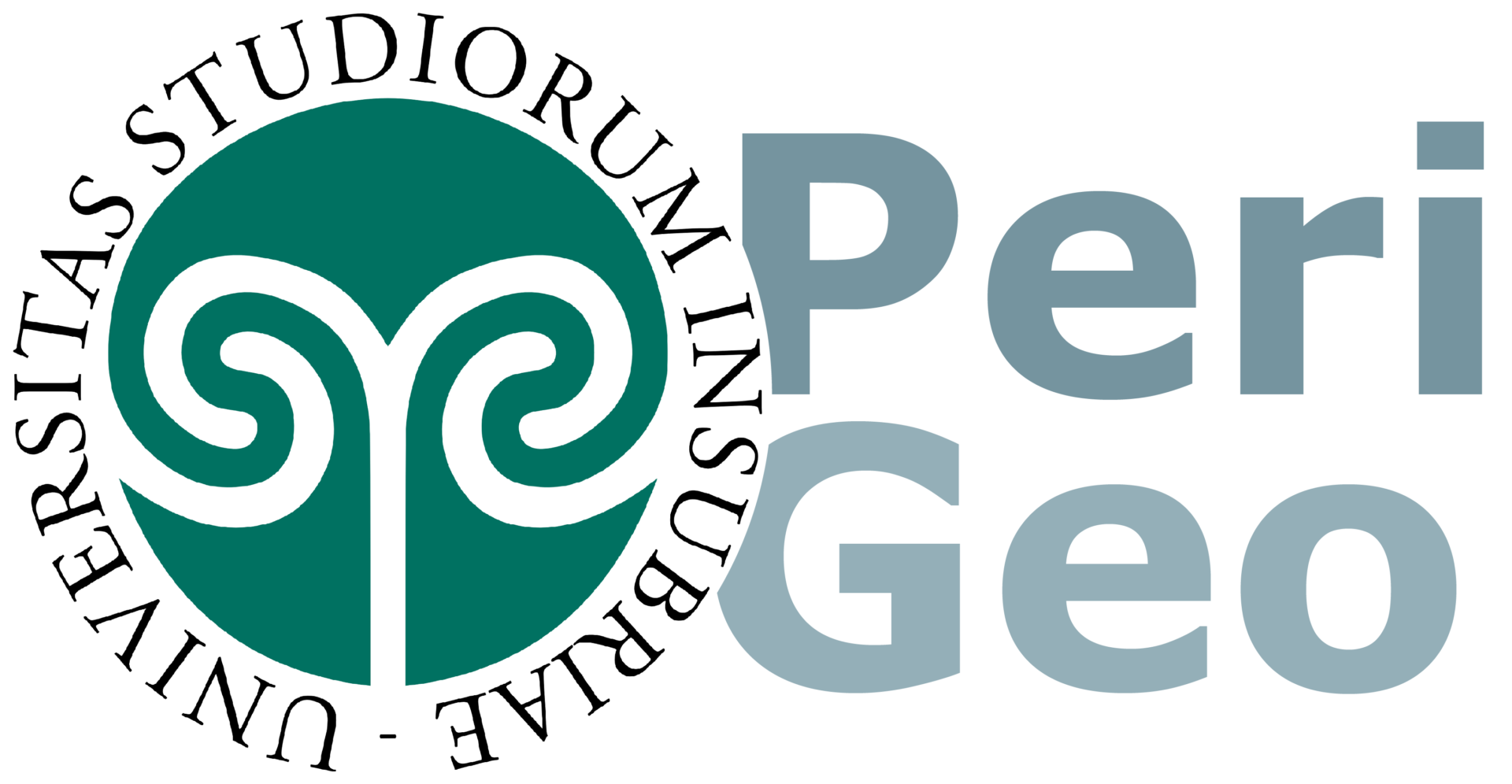Field reconnaissance in the epicentral area of the 1808 Pellice Valley earthquake
looking for geological evidence of recent earthquakes…
Pellice Valley lies in the SW Piedmont region (N Italy), in a structurally complex area where the Alps-Apennines junction is located.
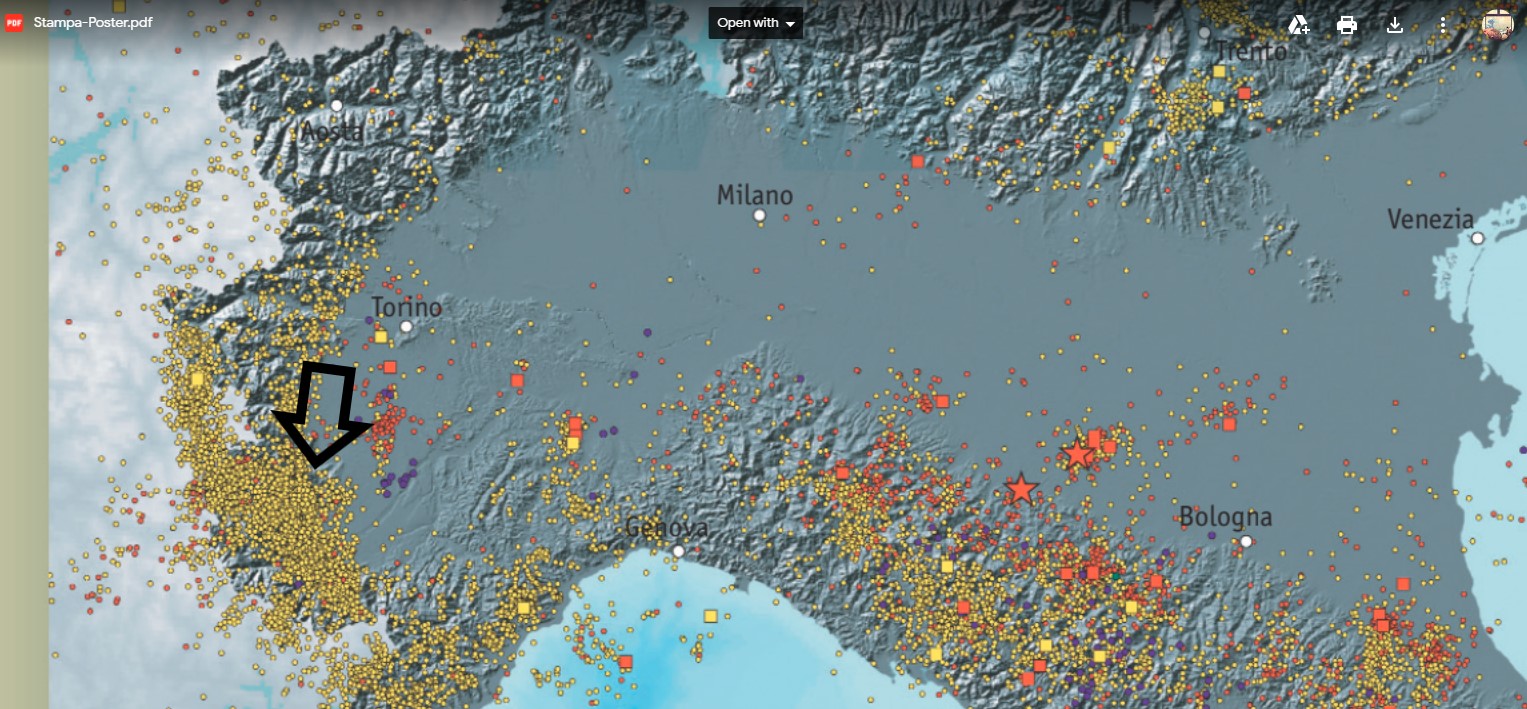
Piedmont is a region where a low seismic release rate is domiant, except for the so-called Pinerolese seismic zone and for some historical events, including the damaging 1808 Pellice Valley seismic sequence (Mw max ca. 5.64 – CPTI15).
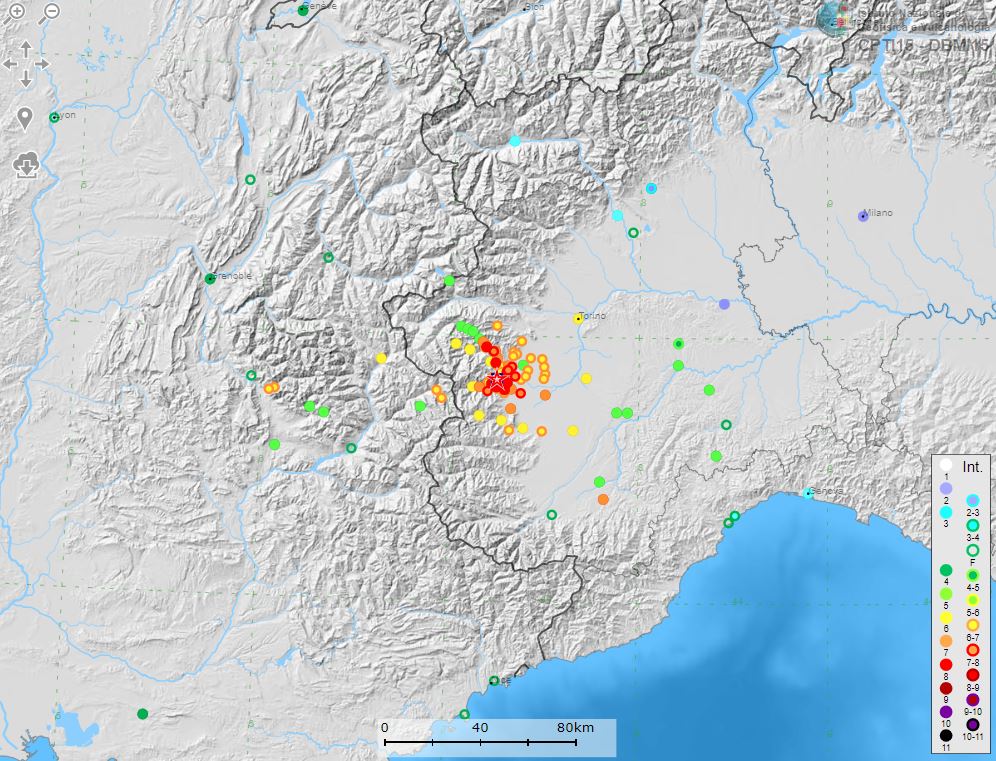
Gianfranco Fioraso, a collegue from IGG-CNR Turin, in the last few years has fully revised the historical documentation on this event and wrote a full-detail book on this issue.
His work has allowed to depict a new and updated picture of of this sequence, providing unpublished data so far.
We are collaborating with Gianfranco and his collegue, Andrea Irace, on the active tectonics of the Piedmont region (see e.g., Frigerio et al., 2017) and we recently had the opportunity to visit the Pellice Valley, during a full-day field trip (Leader: Gianfranco Fioraso).
Geomorphological observations, in the foothills area, where large alluvial fans develop and close to the Pellice Valley, point to some topographic anomalies, possibly related with active blind thrusting.
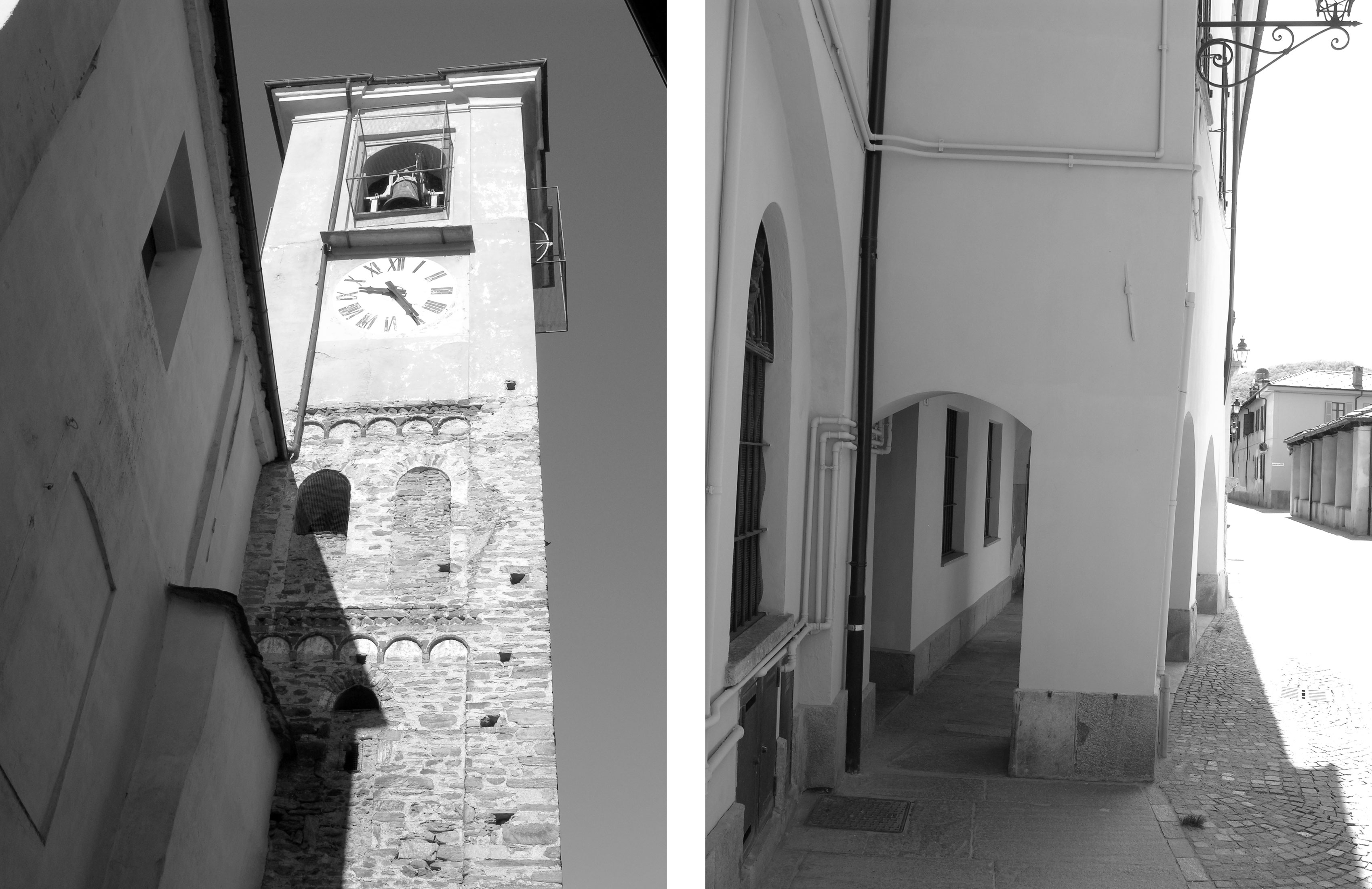
In the epicentral area of the 1808 sequence, damages due to the earthquakes are still visible in some historical buildings. More interestingly, Gianfranco has already compiled a map of the most important Earthquake-induced Environmental Effects (EEEs)!
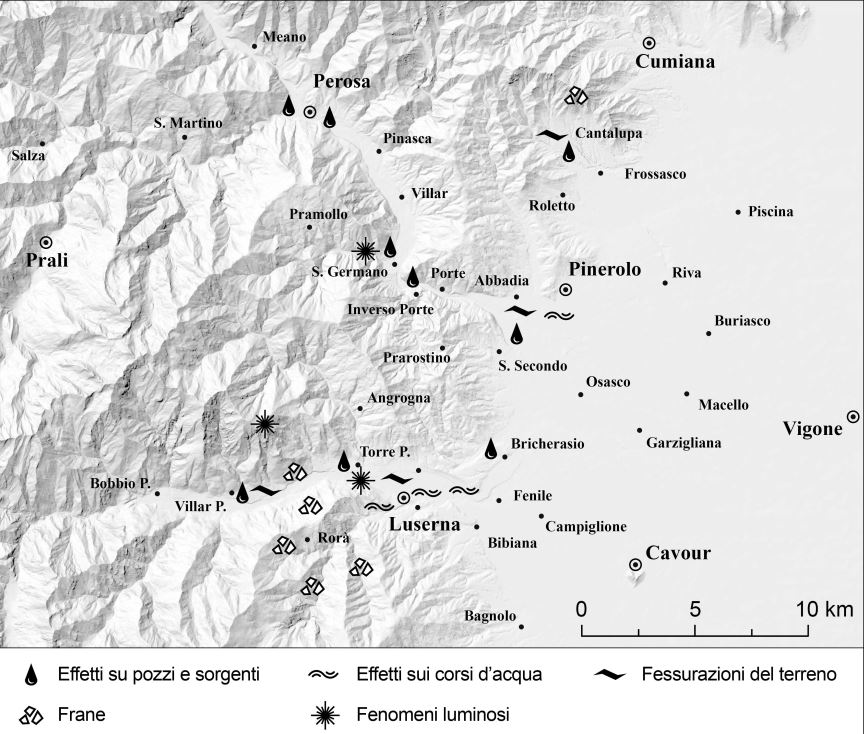
Temperatures were incredibly hot that day but we didn’t avoid hard field work! A recent flooding has exposed some new outcrops along the riverbank and…here we are! Beautiful soft sediment deformations affecting a glaciolacustrine sequence. Much older than our latest historical event, but still promising for paleoseismology.
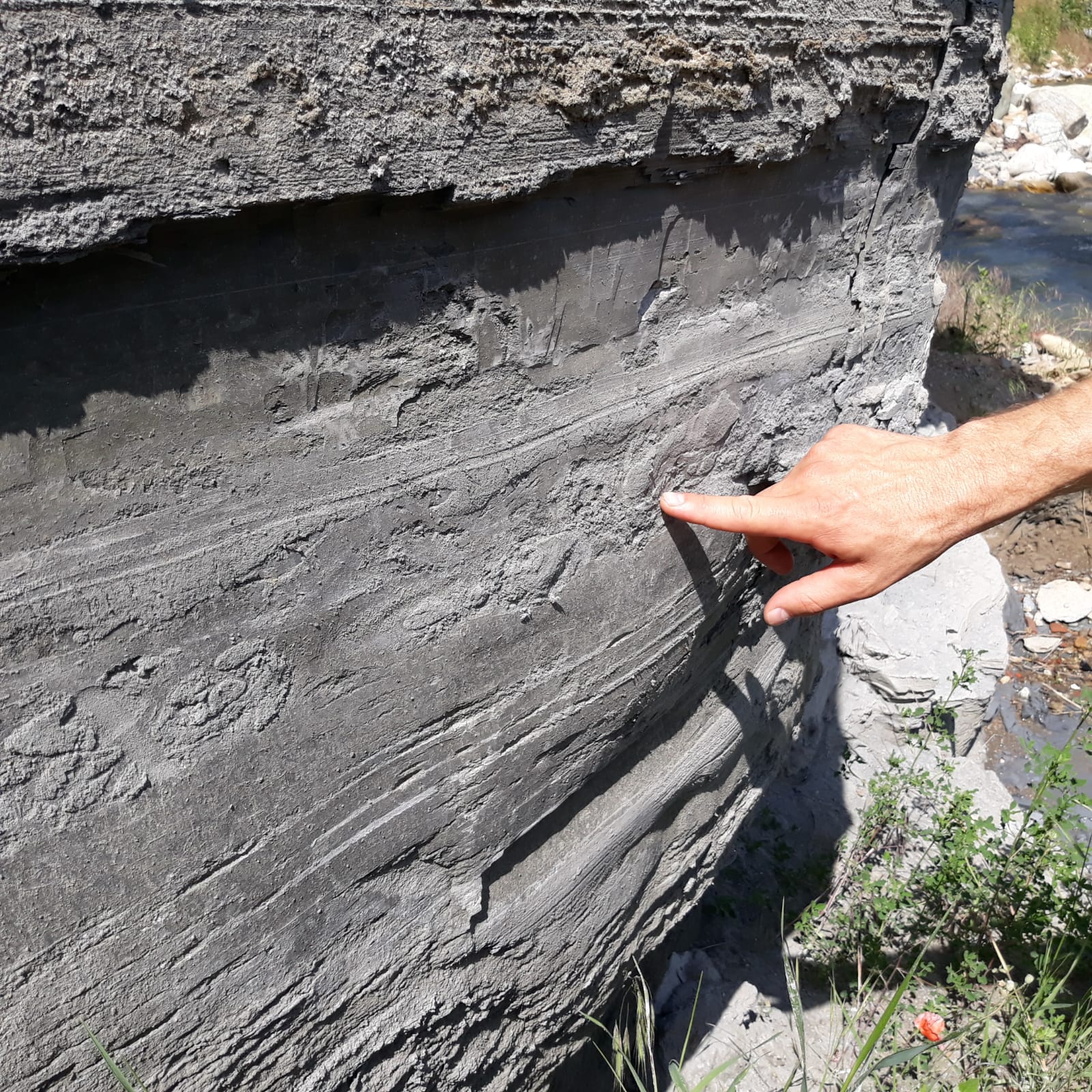
Stay tuned and more NEWS will come from Pellice Valley!
